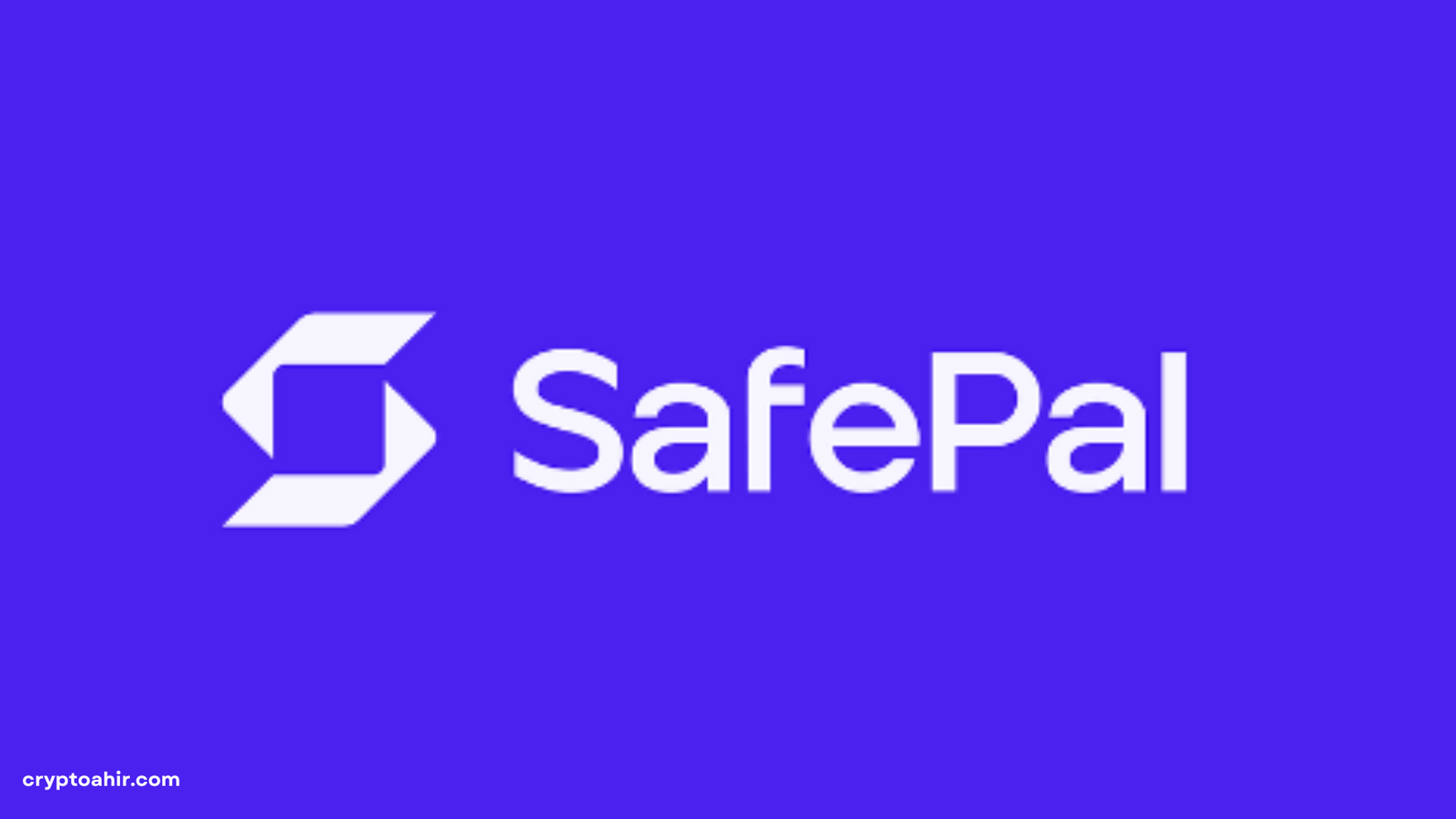A Future Without Friction?
Imagine a day in the future when commercial items can easily cross borders without encountering lengthy payment and foreign exchange conversion delays or multiple levels of official approval. A future in which modest enterprises in developing nations fairly compete with global behemoths because to the instantaneous and transparent settlement of international transactions.
Speculative investing and regulation-related headlines seem to be the main sources of attention for digital currencies, but their potential significance in global trade is quietly growing. As the world shifts to decentralized digital financial models, the infrastructure of cryptocurrency is being developed to accomplish what the previous systems were unable to: enable international trade cost-effective, transparent, and quick.
We Are Slower When We Concentrate on Traditional Trade Infrastructure
Have you ever given inefficiencies in global trade any thought? Cross-border payments take days or even weeks to settle since they depend on correspondent banks located all over the world.
Fees are added by each middleman, and delays result in liquidity issues, particularly for small and medium-sized businesses. The inconsistent financial infrastructure in many developing nations makes it extra harder to reach international markets.

In addition to being inconvenient, these delays cause actual economic hardship. The World Bank estimates that 5–10% of the cash transferred is spent on modest, cross-border transactions.
You have saved billions of dollars in lost productivity and time annually when you multiply that by the thousands of international trades that take place every day.
Crypto a new parallel infrastructure that aims to address all of the long-standing issues in cross-border trading rather than replacing traditional banking.
Real Equalizer Decentralized
Fundamentally, cryptocurrency removes middlemen from financial transactions by providing decentralization. This would include direct quotes, peer-to-peer transfers, and importers-to-exporters in international trade, provided that they are located at opposite ends of the globe or distant from common sources, such as banks: Hallow.
Certain parts of trade agreements-paced payments would be automated by smart contracts set up on a blockchain: based on authorized receipts, reduced fraud and human error risks. Moreover, the ledger is decentralized.
It exhibits extraordinary transparency. Producers, distributors, customs, and insurers are among the supply chain players who can learn a lot from blockchain transactions. Additionally, this not only fosters positive relationships but also lowers administrative expenses related to reconciliation, compliance, and verification.

Cross-Border Payments Regulations Rewired
The most immediate use of cryptocurrency in commerce is in cross-border real-time payments. Currency exchange issues, time zone gaps, and several clearinghouses are all part of the current systems.
Same-day settlements could be made possible by crypto-based systems, especially those built for stability and low volatility, at a much reduced cost.
Improving Compliance and Reducing Fraudulent Activity
Global supply networks have been impacted by fraud and counterfeiting for many years. With crypto transparent architecture, a lot can be done to stop such behavior. It would be exceedingly difficult for dishonest parties to falsify paperwork and conceal a product’s true origins if every stage of its journey were documented and validated on a public ledger.
In addition, firms may find it easier to do due diligence thanks to automated compliance features built into blockchain platforms. Without the need for costly third parties to perform due diligence or mountains of paperwork, programmed smart contracts will guarantee that any trade the companies make complies with export regulations, tax rules, and sanctions.
For customs agencies and regulators, tamper-proof data that is available in real-time may result in quicker customs inspections and fewer port bottlenecks. For businesses, this might mean shorter turnaround times and lesser compliance concerns.

The process of tokenizing trade assets
The digitization of tangible trade assets may already be popular by 2030. In supply chains with extremely narrow cash flow margins, tokenization enables the representation of ownership of products, invoices, or shipping containers as digital assets on a blockchain. These tokens can then be sold, financed, or used as collateral to release liquidity.
Without having to deal with laborious bank paperwork, a small Vietnamese textile exporter could ideally tokenize its cargo invoice and obtain finance from a European lender in a matter of minutes.
One of the most significant ways that cryptocurrency may eventually influence global trade is through the democratization of trade financing.
What Must Take Place Next
The 2030 goal is not a given; cooperation, legislation, and infrastructure are needed. Traditional financial and cryptocurrency ecosystems require greater cooperation.
Governments will have to strike a balance between innovation and protections, establishing legal frameworks that guarantee user safety while permitting advancement.
Additionally, education will be crucial. Understanding cryptocurrency transactions, managing risks, and utilizing blockchain-based tools to improve operations are all new challenges that business needs and trade stakeholders must be ready to take on.
Crucially, cross-border cooperation will be necessary. International trade is by definition. In order to effectively minimize friction in the global trade ecosystem, the three sets of actors—technologists, corporations, and regulators—must work together to create systems that are not just quick and efficient but also fair, transparent, and just for everyone.








